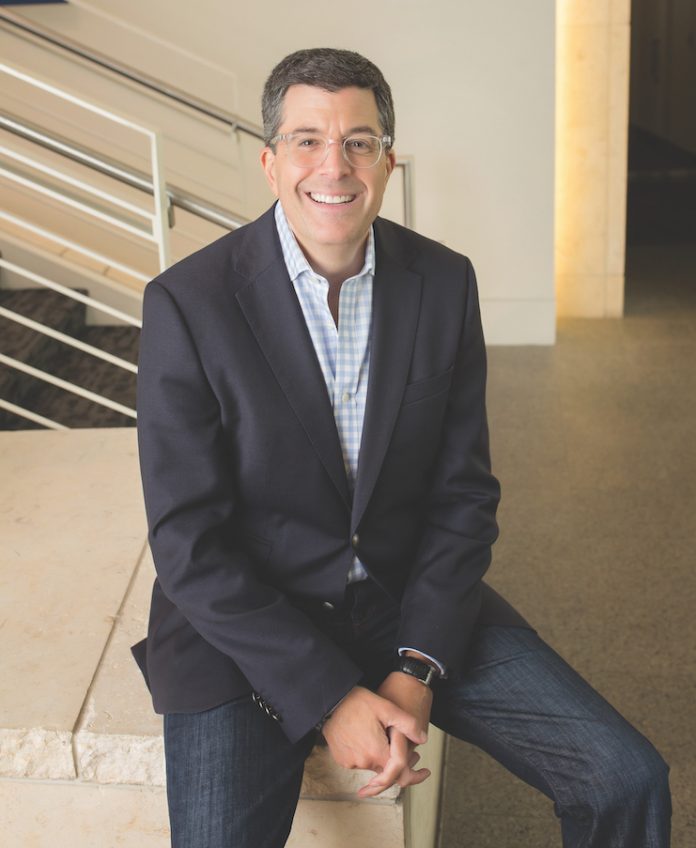
COVID-19 has forced a lot of changes in the hotel industry, requiring hotels to implement new health and safety procedures, find contactless ways to conduct business, and look for new revenue drivers. This rapid industry-wide evolution brings challenges, of course, but hoteliers are not a group of people who throw in the towel—they step up when the world requires it. LODGING connected with G6 Hospitality CEO Rob Palleschi to discuss how his company has adapted in the face of the pandemic, and what helps hoteliers to endure such difficult times.
G6 has been able to keep most of its properties open throughout the pandemic. What allowed you to do that?
Well, first, that’s the nature of economy lodging—economy hotels are well-positioned to stay open in the event of a downturn. Also, though, our philosophy has had an impact. Right from the onset of this crisis, the G6 executive team said that we wanted to make every effort to stay open. We wanted to take every opportunity to do what we could to help our local communities, to keep our team members working, and to help those guests that need to travel.
Further, travelers like truck drivers, factory workers, farmers, first responders, and the military are always going to stay with Motel 6 and other economy lodging brands. Those individuals, who are our base business, are still working, regardless of the pandemic. The country needed them engaged and doing their jobs to help support all of us in our time of need. Serving those guests was essential for us, and now we’re seeing the rest of the nation recognize and celebrate these economy lodging guests, and that’s exciting.
I would like to note that our business did have some closures. We did have to close 120 or so properties around the country, some of which were closed due to local government requirements.
For the hotels that did stay open, how were you sure that you were keeping the employees and guests safe?
Well, now we’re in a place where there are recommendations and we have advice from experts about how to keep people safe, but in late February and early March, we were all flying by the seat of our pants. We didn’t know what to do from one minute to the next. What we did know was that social distancing was key. We decided to cap our occupancy at 50 percent across the board. So, 50 percent became our 100 percent.
We then put restrictions in place, such as only allowing one guest in a lobbies at a time. We also started requiring PPE for our team members and installing hand sanitizer stations. All this was on top of that 50 percent cap. This allowed us to enable social distancing and give our team members a sense of confidence. We weren’t going to just jam a lot of guests into one property. We want our team members to be safe. We want them to feel secure. But at the same time, we wanted everyone to keep working. The cap allowed us to do that.
How did you ensure your properties were kept in the loop about new health and safety initiatives?
Way back in March, we began having an executive committee call every morning, and then we would disseminate information from there. Then, as things were changing and becoming more fluid, we decided we needed a daily crisis call. So then we layered in a daily crisis call that included a wider group of people. As things continued to change, we layered in more calls. We were just pushing out as much information as rapidly as we could. It was and has continued to be integral to keeping everyone on the same page.
Why do you think the industry is so resilient?
We’ve been taught to be resilient. Hospitality is a 24-hours-a-day, seven-days-a-week job. Because we’re open all the time, we’ve seen a lot. We’ve seen Black Mondays, September 11, financial crises, and even other pandemics. We endure, brush ourselves off, and move forward. That’s just the way the industry behaves. I think that foundation of endurance, that foundation of adapting to new situations, serves the entire industry well.
Read LODGING‘s 2020 Guide to Franchises and COVID-19 here.











